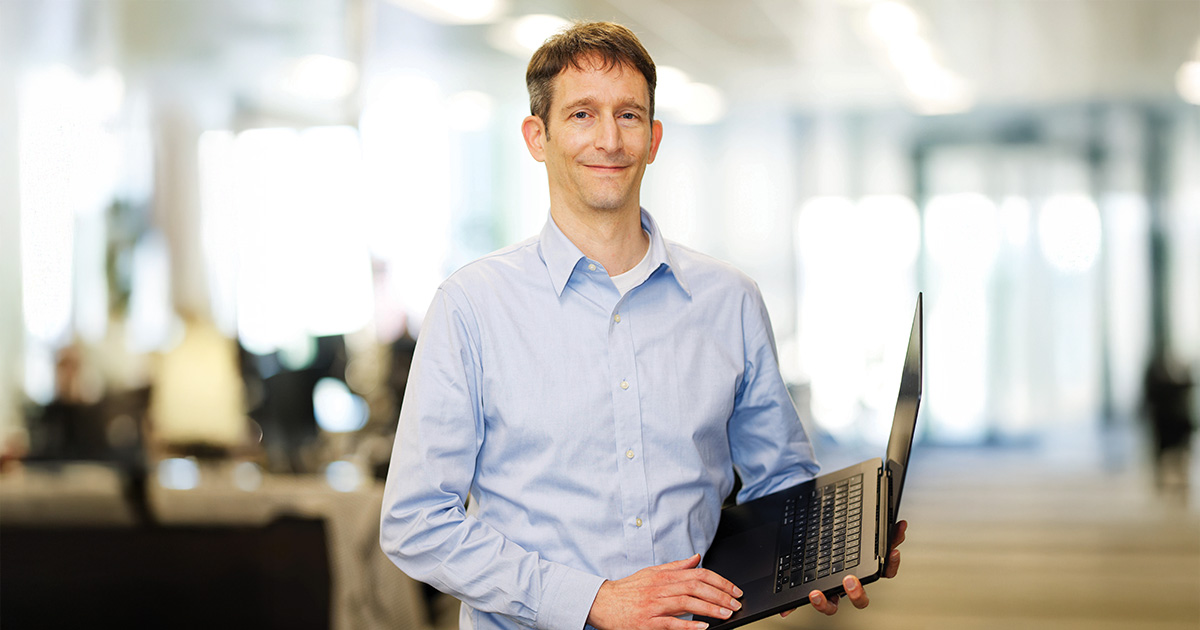Three hundred and fifty million people live with an undiagnosed disease worldwide and three quarters of them are children.
Having an undiagnosed disease leaves many questions unanswered for families – what treatment is available, will medication help, how can the disease be managed, is it hereditary, what does the future hold?
To have a diagnosis is to have an answer – it solves the riddle for that child and family – but determining the diagnosis is like finding a needle in a haystack.
Genome sequencing – determining the entirety of a person’s DNA sequence – can provide answers for around 40 per cent of children and adults with an undiagnosed disease. For the 60 per cent who do not receive a diagnosis, new ways and collaborations are needed to find a diagnosis to open up treatment options and potentially find cures for these people.
It is the hope of a diagnosis that sparked the idea for the world’s first Undiagnosed Hackathon, bringing together 95 participants from 28 countries and six continents at the Karolinska University Hospital in Sweden. Through an international melding of multi-disciplinary minds, the aim was to uncover previously undiagnosed diseases for 11 children and two adults from around the world.
The invited clinicians, geneticists, bioinformaticians, molecular biologists, scientists, data developers and AI specialists would work together for 48 hours sifting through extensive volumes of data, analysing genetic profiles, and talking with families and their clinicians.
Among them was Precision Health Program Head Timo Lassmann, Honorary Research Fellow Professor Gareth Baynam, and Dr Tudor Groza from Perth Children’s Hospital.
With the patients at the core of the hackathon, experts were split into five teams and tasked with the challenge of solving individual cases. The intense, time-bound collaboration fuelled accelerated problem-solving, allowed innovation to thrive and sparked cross-pollination of ideas and creative solutions that would not have been possible otherwise.
Across the two days, the expert teams were able to analyse 10 of the 13 patients, with four receiving a diagnosis, another four given possible diagnoses that would need more analysis, and two whose cases remained unsolved.
Associate Professor Lassmann said the hackathon success was a testament to the power of open science and collaboration with international colleagues.
“It was fantastic to be part of a patient-driven effort to provide a diagnosis to children suffering from an undiagnosed condition. The power of open science, sharing of data unencumbered by institutional and other policies will have long-lasting impacts well beyond the event itself,” Associate Professor Lassmann said.
Professor Baynam, who is also Medical Director of the Rare Care Centre, said it was incredible to help solve medical mysteries for children, and in doing so create new ways to help thousands more.
“The Undiagnosed Hackathon is global kindness in action,” Professor Baynam said.
“Together, expert scientists from around the world gathered to generate new solutions and new partnerships to help some of the most vulnerable children on our planet. The answers produced will bring so many children out of the dark clouds of uncertainty.”
Upon returning home to Perth, our researchers continued to volunteer their time and expertise to work on resolving the remaining cases.
“For children and families, a diagnosis provides a prognosis,” Associate Professor Lassmann said. “It helps them know what to expect and gives them ideas about what the future holds. A diagnosis gives them answers.”
The Undiagnosed Hackathon was organised by the Wilhelm Foundation, Karolinska Institutet, Karolinska University Hospital, and software company Phenotips.
Google Open Source Peer Bonus
In 2023, Associate Professor Timo Lassmann received Google's Open Source Peer Award for his work on Kalign, an algorithm he developed 23 years ago as a first-year PhD student. Kalign, now freely accessible to scientists everywhere, has since helpd build a breakthrough artificial intelligence method used to accurately predict the shape of thousands of proteins.

